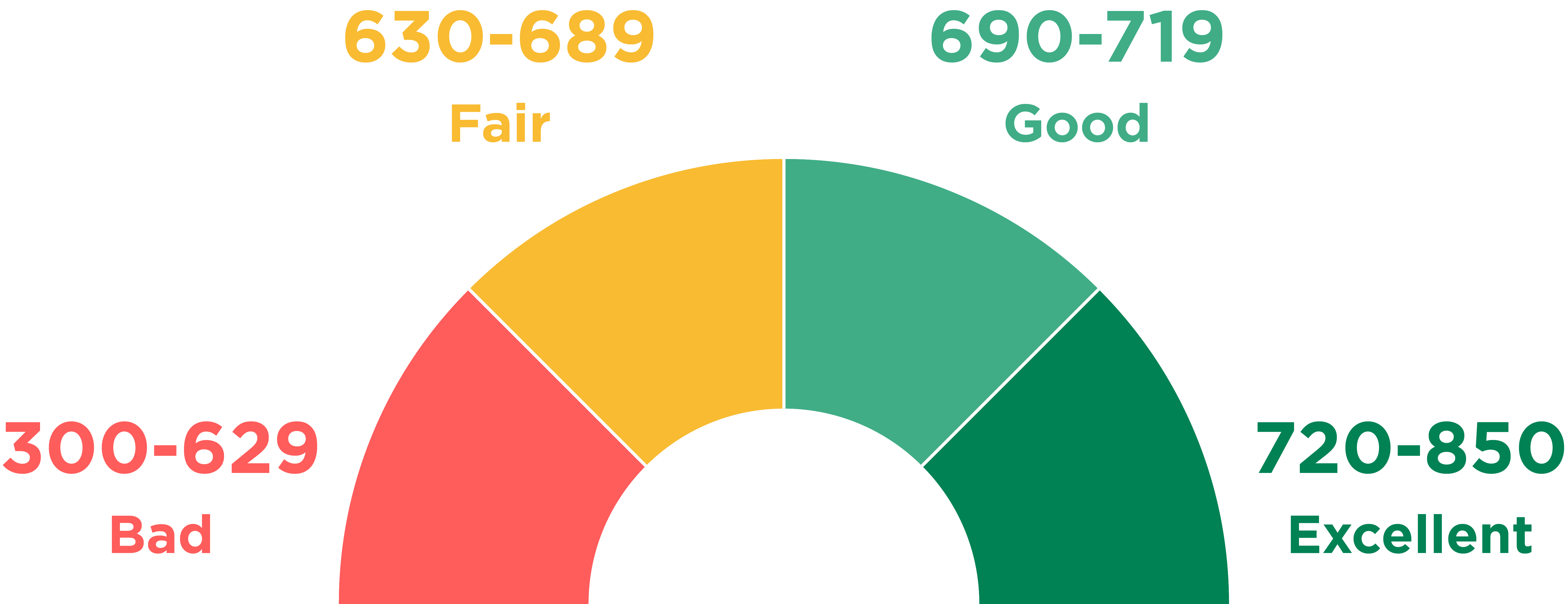
First, remember that 95% fail to pick the right stocks and this is why investors make a lot of mistakes in stock market investing. There are more 4500 stocks available on the market. Beginners will struggle to find the best among them. There are many wealth-destroying stocks in the stock market, and most investors lose money. But there are a few tips that will help you begin in the stock market like a pro.
Choose a broker
When entering the market, selecting a broker to help you is similar as choosing a stock. There are many types and styles of brokers. Make sure to choose the right one for you. You should be careful when choosing a broker. For example, if you are a trader, you want a broker that will not charge you transaction fees, as this could cost you a lot of money.
When you first start out, choosing a brokerage can seem overwhelming. There are many brokerages that offer new investors services. Look for companies that offer educational materials, easy-to-use apps, and minimums that are achievable. Once you have narrowed down your options, you can start searching for a broker. These are some helpful tips to get you started.

Choose stocks to invest
Successful stock picking requires that you study the company's annual reports and operations. This means that you need to understand the factors that drive a stock's price. As you're buying shares of the company, make sure you understand its intrinsic value. It is also important to keep track of any changes in earnings as they could affect the stock's value.
After determining what type of investment you are looking for, you need to make a list of stocks you'd like to learn more about. Tesla is one of the most popular electric cars. And, if you're an avid car enthusiast, you should know about the batteries used to power electric cars.
Selecting an ETF
It is important to consider many factors when selecting an ETF. Your investment objectives, personal preferences, and risk tolerance will all play a role in choosing the right ETF to fit your portfolio. Here are some tips for choosing the best ETF. When choosing an ETF, consider these factors. Start with an ETF that is low-cost and then work your way up.
You must know how trade ETFs before you can buy them. An ETF will cost you around $40 per shares, so it's not necessary to spend a fortune. A market order and limit orders are the two main methods to purchase an ETF. A market or limit order allows you to purchase and sell ETFs instantly. A limit order does not have a time limit. However, the price is not guaranteed.

Choosing a mutual fund
When you first start investing in the stock market, it can be confusing to decide which type of mutual fund to invest in. There are a few tips to help you pick the best mutual funds for your needs. To determine the best mutual fund for your needs, you need to consider your investment goals as well as your time horizon. A small, conservative fund might not be appropriate for your retirement savings, while a large, aggressive fund is a good choice for a yacht purchase.
Be aware of the fees that mutual funds charge. Be sure to consider the fund's overall value, in addition to paying a reasonable amount. Lower fees can lead to higher returns, but a more expensive fee could be a waste if the manager of the fund has a track record that exceeds the benchmark. Total assets are another important factor in evaluating a mutual fund. You may choose to stay with a fund which has a strong track record, especially if this is your first time investing in stock market.
FAQ
Should I buy real estate?
Real Estate investments can generate passive income. However, they require a lot of upfront capital.
Real Estate is not the best choice for those who want quick returns.
Instead, consider putting your money into dividend-paying stocks. These stocks pay out monthly dividends that can be reinvested to increase your earnings.
What can I do to manage my risk?
Risk management means being aware of the potential losses associated with investing.
For example, a company may go bankrupt and cause its stock price to plummet.
Or, an economy in a country could collapse, which would cause its currency's value to plummet.
You can lose your entire capital if you decide to invest in stocks
Stocks are subject to greater risk than bonds.
A combination of stocks and bonds can help reduce risk.
This will increase your chances of making money with both assets.
Spreading your investments over multiple asset classes is another way to reduce risk.
Each class has its own set of risks and rewards.
Stocks are risky while bonds are safe.
If you are looking for wealth building through stocks, it might be worth considering investing in growth companies.
If you are interested in saving for retirement, you might want to focus on income-producing securities like bonds.
Can passive income be made without starting your own business?
It is. In fact, the majority of people who are successful today started out as entrepreneurs. Many of them were entrepreneurs before they became celebrities.
To make passive income, however, you don’t have to open a business. You can instead create useful products and services that others find helpful.
For instance, you might write articles on topics you are passionate about. You could also write books. Even consulting could be an option. Your only requirement is to be of value to others.
What type of investment vehicle should i use?
Two main options are available for investing: bonds and stocks.
Stocks represent ownership interests in companies. Stocks offer better returns than bonds which pay interest annually but monthly.
You should invest in stocks if your goal is to quickly accumulate wealth.
Bonds offer lower yields, but are safer investments.
There are many other types and types of investments.
They include real property, precious metals as well art and collectibles.
Statistics
- Most banks offer CDs at a return of less than 2% per year, which is not even enough to keep up with inflation. (ruleoneinvesting.com)
- An important note to remember is that a bond may only net you a 3% return on your money over multiple years. (ruleoneinvesting.com)
- They charge a small fee for portfolio management, generally around 0.25% of your account balance. (nerdwallet.com)
- Some traders typically risk 2-5% of their capital based on any particular trade. (investopedia.com)
External Links
How To
How to invest in stocks
Investing has become a very popular way to make a living. It's also one of the most efficient ways to generate passive income. There are many ways to make passive income, as long as you have capital. There are many opportunities available. All you have to do is look where the best places to start looking and then follow those directions. The following article will show you how to start investing in the stock market.
Stocks are shares that represent ownership of companies. There are two types: common stocks and preferred stock. The public trades preferred stocks while the common stock is traded. Shares of public companies trade on the stock exchange. They are priced according to current earnings, assets and future prospects. Investors buy stocks because they want to earn profits from them. This is known as speculation.
Three steps are required to buy stocks. First, decide whether to buy individual stocks or mutual funds. Second, select the type and amount of investment vehicle. Third, you should decide how much money is needed.
Choose whether to buy individual stock or mutual funds
When you are first starting out, it may be better to use mutual funds. These mutual funds are professionally managed portfolios that include several stocks. When choosing mutual funds, consider the amount of risk you are willing to take when investing your money. Some mutual funds carry greater risks than others. You may want to save your money in low risk funds until you get more familiar with investments.
If you prefer to invest individually, you must research the companies you plan to invest in before making any purchases. Be sure to check whether the stock has seen a recent price increase before purchasing. You do not want to buy stock that is lower than it is now only for it to rise in the future.
Choose the right investment vehicle
Once you've made your decision on whether you want mutual funds or individual stocks, you'll need an investment vehicle. An investment vehicle is simply another method of managing your money. You could, for example, put your money in a bank account to earn monthly interest. Or, you could establish a brokerage account and sell individual stocks.
Self-directed IRAs (Individual Retirement accounts) are also possible. This allows you to directly invest in stocks. The self-directed IRA is similar to 401ks except you have control over how much you contribute.
The best investment vehicle for you depends on your specific needs. Are you looking for diversification or a specific stock? Are you seeking stability or growth? How comfortable are you with managing your own finances?
The IRS requires investors to have full access to their accounts. To learn more about this requirement, visit www.irs.gov/investor/pubs/instructionsforindividualinvestors/index.html#id235800.
Calculate How Much Money Should be Invested
To begin investing, you will need to make a decision regarding the percentage of your income you want to allocate to investments. You have the option to set aside 5 percent of your total earnings or up to 100 percent. You can choose the amount that you set aside based on your goals.
If you're just starting to save money for retirement, you might be uncomfortable committing too much to investments. For those who expect to retire in the next five years, it may be a good idea to allocate 50 percent to investments.
Remember that how much you invest can affect your returns. Consider your long-term financial plan before you decide what percentage of your income should be invested in investments.